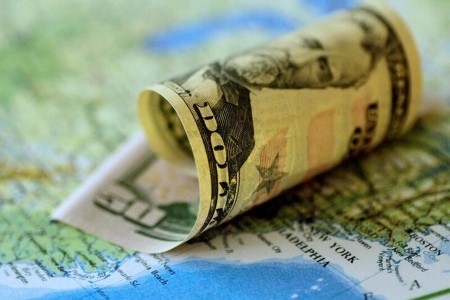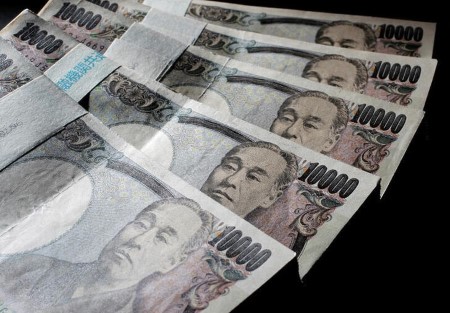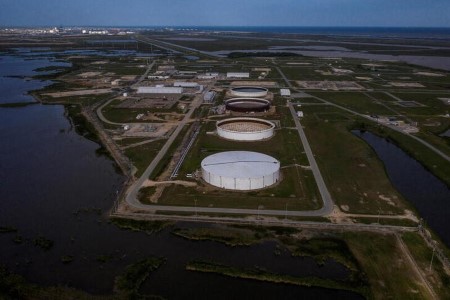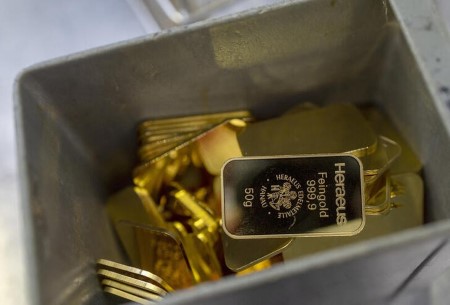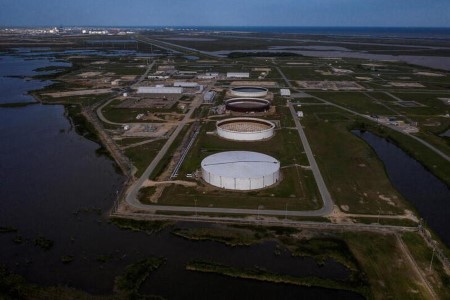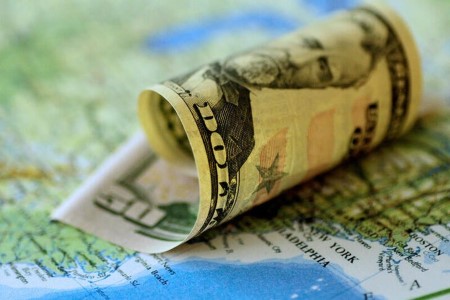HOUSTON, July 25 (Reuters) – Oil prices rose about USD 2 on Monday, bolstered by supply fears, a dip in the US dollar and early strength in equity markets, but prices seesawed as some worried fuel demand could weaken if the Federal Reserve raises US interest rates too aggressively.
Brent crude futures for September settled up USD 1.95, or 1.9%, at USD 105.15 a barrel, while US West Texas Intermediate (WTI) crude futures rose USD 2, or 2.1%, to settle at USD 96.70 a barrel.
“A slightly weaker US dollar and improving equity markets are supporting oil,” UBS oil analyst Giovanni Staunovo said. After early strength, US stocks moved lower in afternoon trading, with investors cautious about the Fed meeting this week and earnings from several growth companies.
Oil futures have been volatile in recent weeks, pressured by worries that rising interest rates could slow economic activity and fuel demand but supported by tight supply, especially since Russia’s invasion of Ukraine and Western sanctions on Moscow.
“The US and European economies are slowing and with the Federal Reserve set to raise interest rates again this week, traders remain very cautious,” said Dennis Kissler, senior vice president of trading at BOK Financial.
Fed officials have indicated the US central bank would likely raise rates by 75 basis points at its July 26-27 meeting.
China, the world’s second-biggest economy, narrowly missed a contraction in the second quarter, growing just 0.4% year-on-year.
But a steep front-month premium over the second month continues to signal near-term supply tightness. The spread settled at USD 4.82/bbl on Friday, an all-time high when excluding expiry-related spikes in the two previous months.
Libya’s National Oil Corporation (NOC) said it aimed to bring back production to 1.2 million barrels per day (bpd) in two weeks, from around 860,000 bpd.
But analysts expect Libya’s output to remain volatile as tensions remained high after clashes between rival political factions over the weekend.
Prices drew support from “expectations that Russian oil supply will edge lower in the months ahead as widely-expected plans for a price cap on Russian oil may have the opposite effect on oil prices than hoped for,” said Warren Patterson, head of commodities strategy at ING.
The European Union said last week it would allow Russian state-owned companies to ship oil to third countries under an adjustment of sanctions agreed by member states last week aimed at limiting the risks to global energy security.
On Friday, Russian Central Bank Governor Elvira Nabiullina said Russia would not supply oil to countries that imposed a price cap on its oil.
Russia’s Gazprom said flows through Nord Stream 1, Russia’s single biggest gas link to German, would fall to 33 million cubic meters per day, just 20% of capacity, from 0400 GMT on Wednesday.
That could lead to additional switching to crude from gas, supporting oil prices, said Andrew Lipow of Lipow Oil Associates in Houston.
(Additional reporting by Rowen Edwards in London, Yuka Obayashi in Tokyo; Editing by Marguerita Choy and David Gregorio)






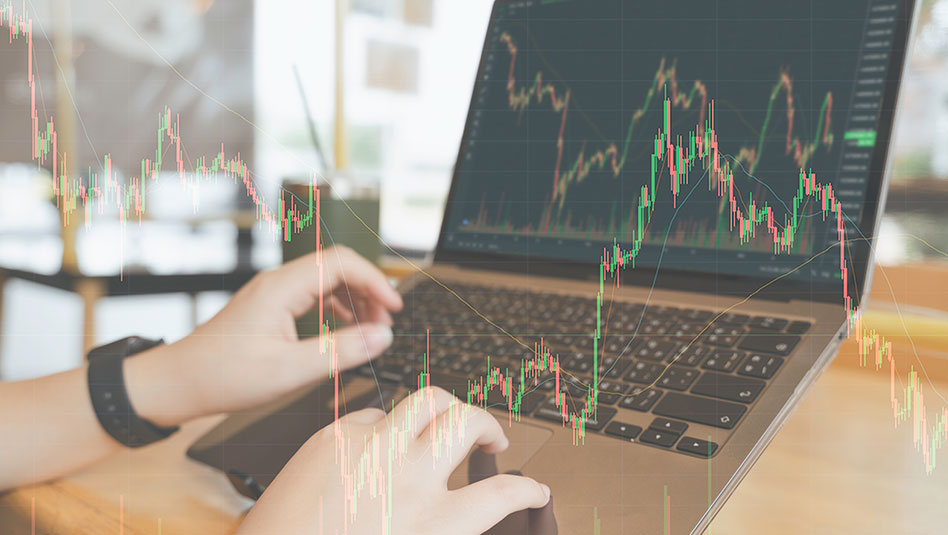
 DOWNLOAD
DOWNLOAD




